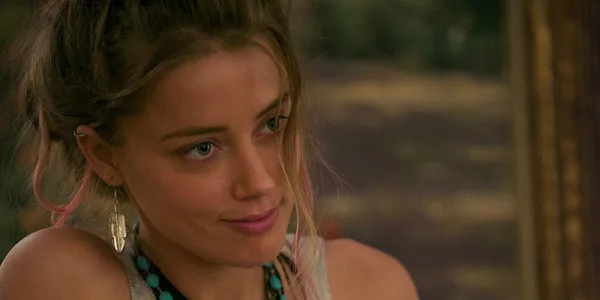 |
| Amber Heard in Magic Mike XXL |
This year's Studio Responsibility Index, produced by GLAAD, has found disappointing results when it comes to diversity in mainstream Hollywood films. Examining 172 films produced by the seven largest grossing studios and their four arthouse sub-studios for release in 2015, it found that the representation of LGBT characters had not improved since the previous year and even fewer of those represented were people of colour.
"Hollywood films lag far behind other media when it comes to portraying LGBT characters, cementing the industry’s reputation as outdated ," said the organisation's president and CEO, Sarah Kate Ellis. "Leaving LGBT people out of the picture – or including them only as a punchline – keeps old prejudices alive and creates an unsafe environment, not only here in America, but around the world where most audiences see these depictions. Hollywood must do better to improve the messages they are sending."
Of the 47 LGBT characters found in the films GLAAD analysed, the vast majority were gay men, with lesbian characters making up just under a quarter and bisexual characters only 9%. Nearly three quarters were white, marking a significant downturn in racial diversity compared with previous years. Trans people, completely absent last year, were this year represented by a single character who was treated as an object of derision in Hot Pursuit. Several films, including The Wedding Ringer and Hot Tub Time Machine 2, featured homophobic humour.
LGBT characters were most likely to be present in comedies, but were sometimes there to be mocked. Big studio action, science fiction and horror films were the least inclusive. (By contrast, independent science fiction and horror have been notably more inclusive in recent years.)
Lionsgate was hailed as the studio that did best in 2015, with a third of its films featuring LGBT characters, while Warner Bros came next with a fifth. Disney and Paramount films did not include any LGBT characters at all.
Only 8% of the films surveyed passed the Vito Test (which requires them to have uniquely drawn characters with real roles to play in the plot), the lowest number in the survey's four year history.
























